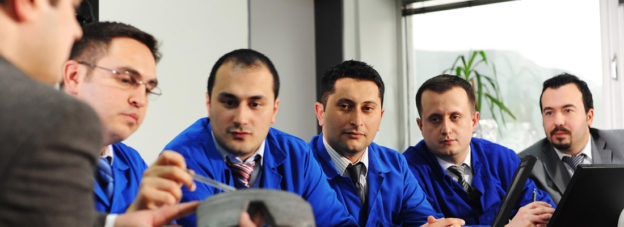In re 3M Bair Hugger Litig., 2019 Minn. App. LEXIS 11, the Minnesota Court of Appeals analyzed the applicable standard for determining whether or not expert opinion testimony based on a novel scientific theory is admissible. Using the Frye-Mack standard, the court reinforced that if an expert opinion involves a novel scientific theory, the underlying evidence used to formulate that theory must be generally accepted in the relevant scientific community. The court further articulated the standard by confirming that, pursuant to Minn. R. Evid. 702, the Frye-Mack applies to novel scientific theory, not novel science. Once the standard is deemed applicable, the court must find the novel scientific theory to be generally accepted in the scientific community to admit the expert’s testimony. Although 3M does not discuss subrogation matters, its analysis should apply with equal force to opinions offered by experts in subrogation cases.
In 3M, the plaintiffs/appellants brought several lawsuits against Arizant Healthcare, Inc. and 3M Company (referred to, collectively, as 3M), the former and current owners of a forced-air warming device (FAWD) entitled the Bair Hugger. The lawsuits alleged that the Bair Hugger increased the chance of surgical-site infection (SSIs) during surgery. In support of their lawsuits, plaintiffs presented three general causation medical experts. 3M filed a motion to exclude the experts’ testimony, which the Ramsey County District Court granted. Consequently, the trial court also granted 3M’s motion for summary judgment.
The Court of Appeals affirmed the lower court’s holding that the Frye-Mack test should apply since it is triggered when a novel scientific theory is being offered, not a novel science, as appellants argue. Since the scientific theory that the use of FAWDS increased the risk of SSIs had not yet been reviewed and confirmed by a court, the court considered the theory to be novel. Because of that, the court held that the expert’s opinions fell into the Frye-Mack rubric and, thus, had to be generally accepted in the relevant scientific community.
The court next addressed what it means to be generally accepted in the scientific community. The Court of Appeals held that there must be a general acceptance of the expert’s ultimate opinion on the novel theory, not just an acceptance of the methodology used by the expert to reach that opinion. Siding against appellants’ argument that general acceptance of an expert’s methodology to reach the ultimate conclusion should suffice, the court held that such a “methodology-only approach” would result in unintended consequences, such as providing a basis for an expert to conclude that the earth is flat simply because the methodology the expert used was accepted.
The 3M case lays out the analysis Minnesota courts will use when determining if an expert who is opining on a novel scientific theory will be allowed to testify. Although each state differs on the standard they impose on expert testimony, there is much overlap. Thus, before relying on an expert’s opinions, it is important to properly categorize their proposed theory as novel or not. If it is novel, a practitioner may have to ensure that the expert has proper support in the relevant scientific community to get the expert’s opinions into evidence. As this case demonstrates, without expert testimony, an entire case can fall apart.

